
SEO: Latest Articles
-1691246481.webp)
How to Optimize Your Site for Cumulative Layout Shift (CLS)?
Optimizing your website for Cumulative Layout Shift (CLS) is crucial for providing a seamless and user-friendly browsing experience. CLS measures the amount of unexpected layout shifts that occur during page loading, which can frustrate users and negatively impact engagement. By prioritizing CLS optimization, you ensure your website delivers a positive user experience, reduces bounce rates, improves conversion rates, and gains SEO advantages. Invest in techniques such as setting dimensions for elements, reserving space for dynamic content, optimizing web fonts, and monitoring your site's CLS score to provide a visually stable and engaging browsing experience. CLS has a significant weightage on the page speed performance score. To provide a good user experience, sites should strive to have a CLS of 0.1 or less for at least 75% of page visits. The Performance score is a weighted average of the metric scores. Naturally, more heavily weighted metrics have a bigger effect on your overall Performance score. The metric scores are not visible in the report, but are calculated under the hood. The weightings are chosen to provide a balanced representation of the user's perception of performance. The weightings have changed over time because the Lighthouse team is regularly doing research and gathering feedback to understand what has the biggest impact on user-perceived performance. First Contentful Paint (FCP)- 10% Speed Index (SI)- 10% Largest Contentful Paint (LCP)- 25% Total Blocking Time (TBT)- 30% Cumulative Layout Shift (CLS)- 25%
-1691246452.webp)
How to Optimize Your Site for First Input Delay (FID)?
Optimizing your website for First Input Delay (FID) is crucial for delivering a seamless user experience, improving search engine rankings, reducing bounce rates, increasing conversions, ensuring mobile-friendliness, and gaining a competitive advantage. FID measures the responsiveness of your website to user interactions, such as clicks or taps. By optimizing for FID, you ensure that your site responds quickly and smoothly to user input, enhancing the overall user experience and engagement. Users are more likely to stay on your site, interact more, and have a positive impression of your brand.
-1691246405.webp)
How to Optimize your Site for Largest Contentful Paint (LCP)?
Optimizing your website for Largest Contentful Paint (LCP) is crucial for providing a better user experience, improving search engine rankings, reducing bounce rates, increasing conversions and revenue, ensuring mobile-friendliness, and staying competitive in the online landscape.LCP measures the time it takes for the largest element on a web page to load and become visible to users. By optimizing for LCP, you can significantly enhance the user experience by reducing the waiting time for the main content to load. This results in improved engagement, lower bounce rates, and increased user satisfaction. The Performance score is a weighted average of the metric scores. Naturally, more heavily weighted metrics have a bigger effect on your overall Performance score. The metric scores are not visible in the report, but are calculated under the hood. The weightings are chosen to provide a balanced representation of the user's perception of performance. The weightings have changed over time because the Lighthouse team is regularly doing research and gathering feedback to understand what has the biggest impact on user-perceived performance. First Contentful Paint (FCP)- 10% Speed Index (SI)- 10% Largest Contentful Paint (LCP)- 25% Total Blocking Time (TBT)- 30% Cumulative Layout Shift (CLS)- 25% Search engines, like Google, consider page experience as a ranking factor, with LCP being one of the key metrics. Websites with a fast loading time and a good user experience are more likely to rank higher in search engine results, leading to increased organic traffic and visibility. Furthermore, a fast-loading website can positively impact conversions and revenue. When users can quickly access your content and navigate through your site without delays, they are more likely to convert, whether that means purchasing, filling out a form, or subscribing to a service.
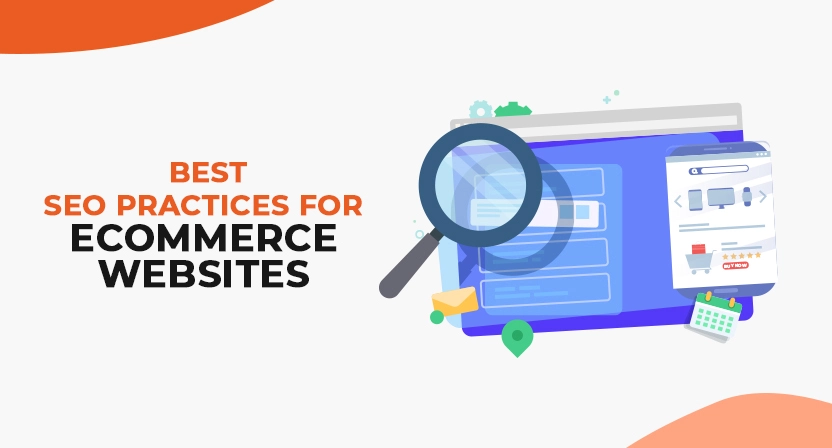
10 Best Seo Practices for Ecommerce Websites
SEO (Search Engine Optimization) is a critical factor for driving organic traffic and boosting the visibility of e-commerce websites in search engine results. To attract potential customers and increase online sales, optimizing your e-commerce site is essential. Here, we present more than 10 best SEO practices specifically tailored for e-commerce websites. These strategies encompass keyword research, on-page optimization, technical optimization, content creation, and link building. By implementing these proven techniques, you can align your site with search engine algorithms, enhance user experience, and achieve higher organic traffic. Stay ahead of the competition and take your e-commerce website to new heights with these invaluable SEO practices.
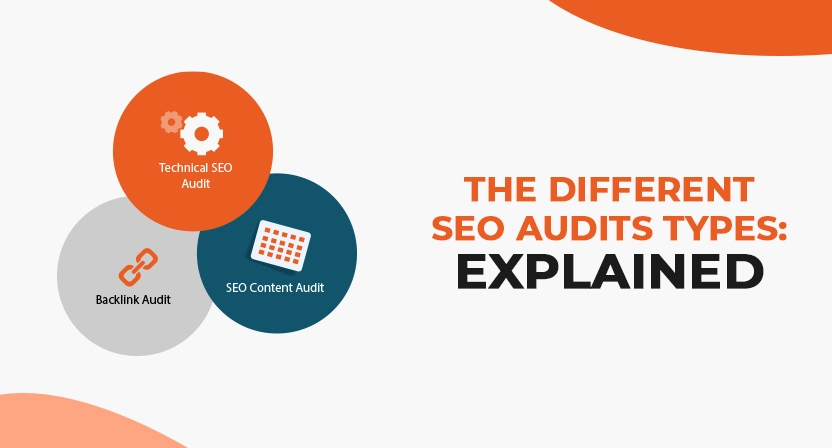
The Different SEO Audits Types: Explained
Are you looking to enhance your website's performance and drive more organic traffic? In today's highly competitive online landscape, conducting regular SEO audits is a vital step toward achieving your goals. But what exactly is an SEO website audit, and how can it help you improve your web traffic? Join us as we explore the world of website SEO audits and discover the key strategies to unlock your website's full potential. In this blog series, we will delve into the different types of SEO audits, uncover valuable insights, and provide expert tips to optimize your website's visibility and rankings. Get ready to supercharge your online presence and watch your web traffic soar to new heights. Let's dive in!
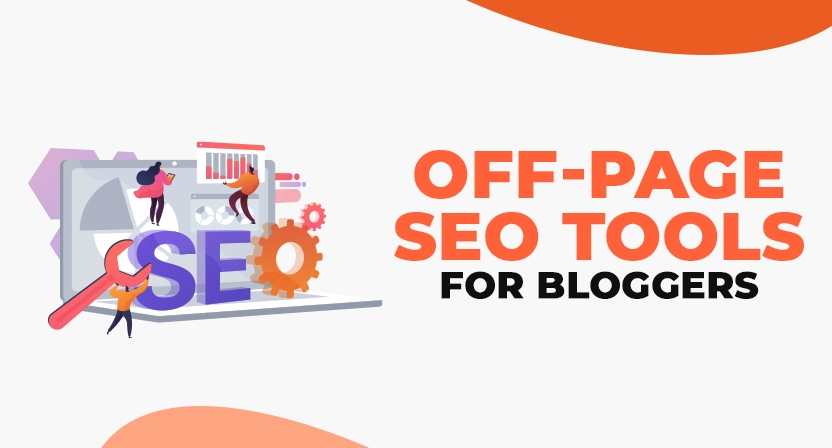
5 Best Off-Page SEO Tools for Bloggers
Off-page SEO includes all the search engine tips and tactics that are not limited to your website. For example, tactics like social media, content marketing, brand development, and more come under this category. The on-page SEO hacks backed up with these activities will help your website rank high in SERPs. Using the right off-page SEO tools can help you enhance the position of your website in SERPs.

7 Best On-Page SEO Tools for Bloggers
As a website owner, you must understand the search engine algorithm that gets you maximum customer attention. On-page SEO tools can help you attract organic traffic by optimizing your web page. It can help improve the ranking of webpages and ramp up their traffic in relevant search engines like Google. On-page SEO tools include updating your content with the right keywords, internal links, title tags, HTML source code, and more. Google picks these cues to analyze whether a page's content matches user search intent. The more your page is aligned to user searches, the higher you rank on Google search results. This review collates the best SEO checkers and tools for bloggers.
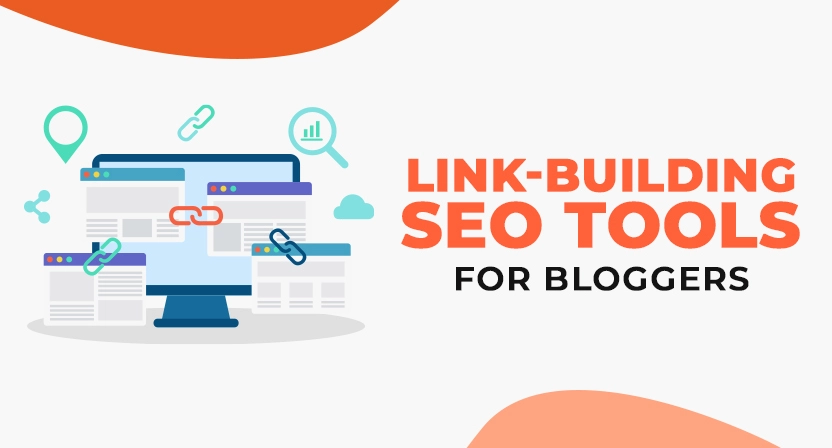
5+ Best Link-Building SEO Tools for Bloggers
When it comes to building links and running link-building campaigns, you must use the right tools. There is a plethora of tools that are being marketed to bloggers, but only the most effective ones can help you streamline the process and remove the need to finish tasks manually. For successful link building, you need to design a process to find link opportunities and reach out the convince the webmaster to link to your content. It is possible to build backlinks without using any tools; they can surely help you make your efforts more effective. Here is a list of the best link-building SEO tools for bloggers.















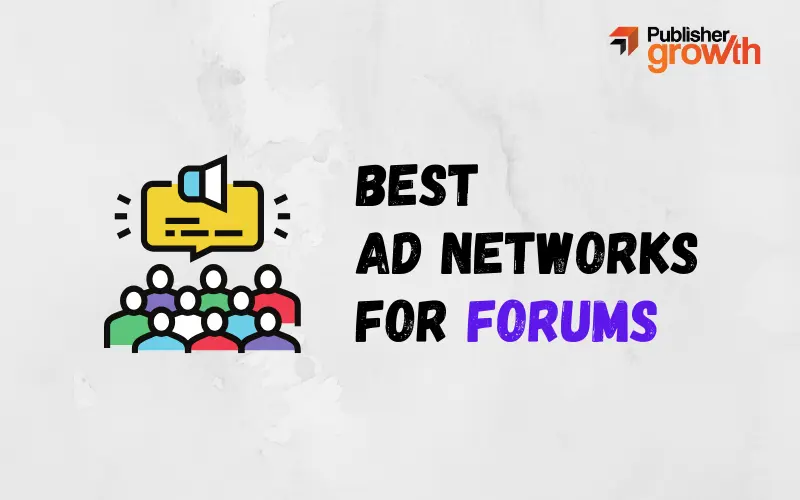


-1668044393.jpeg)